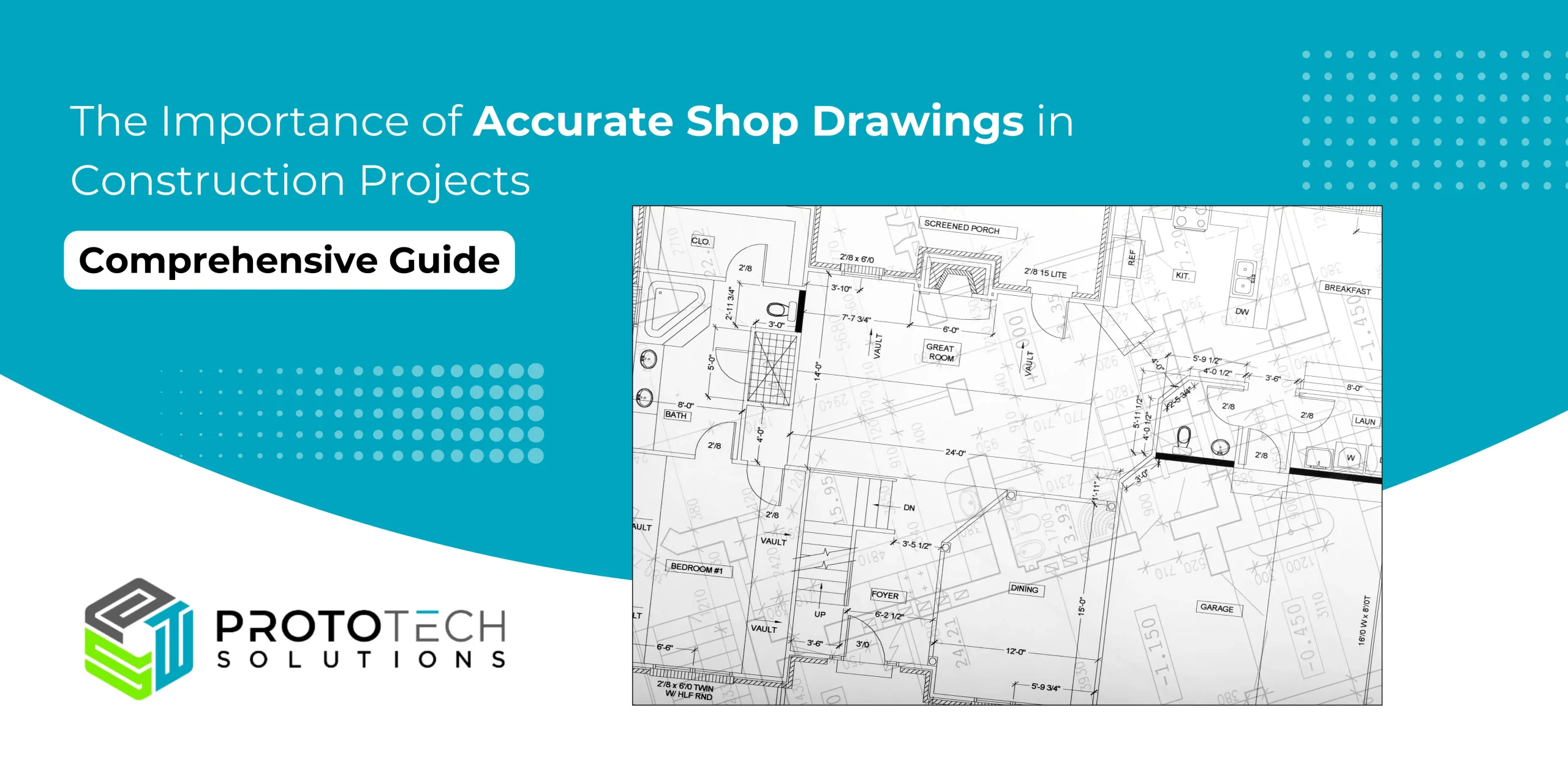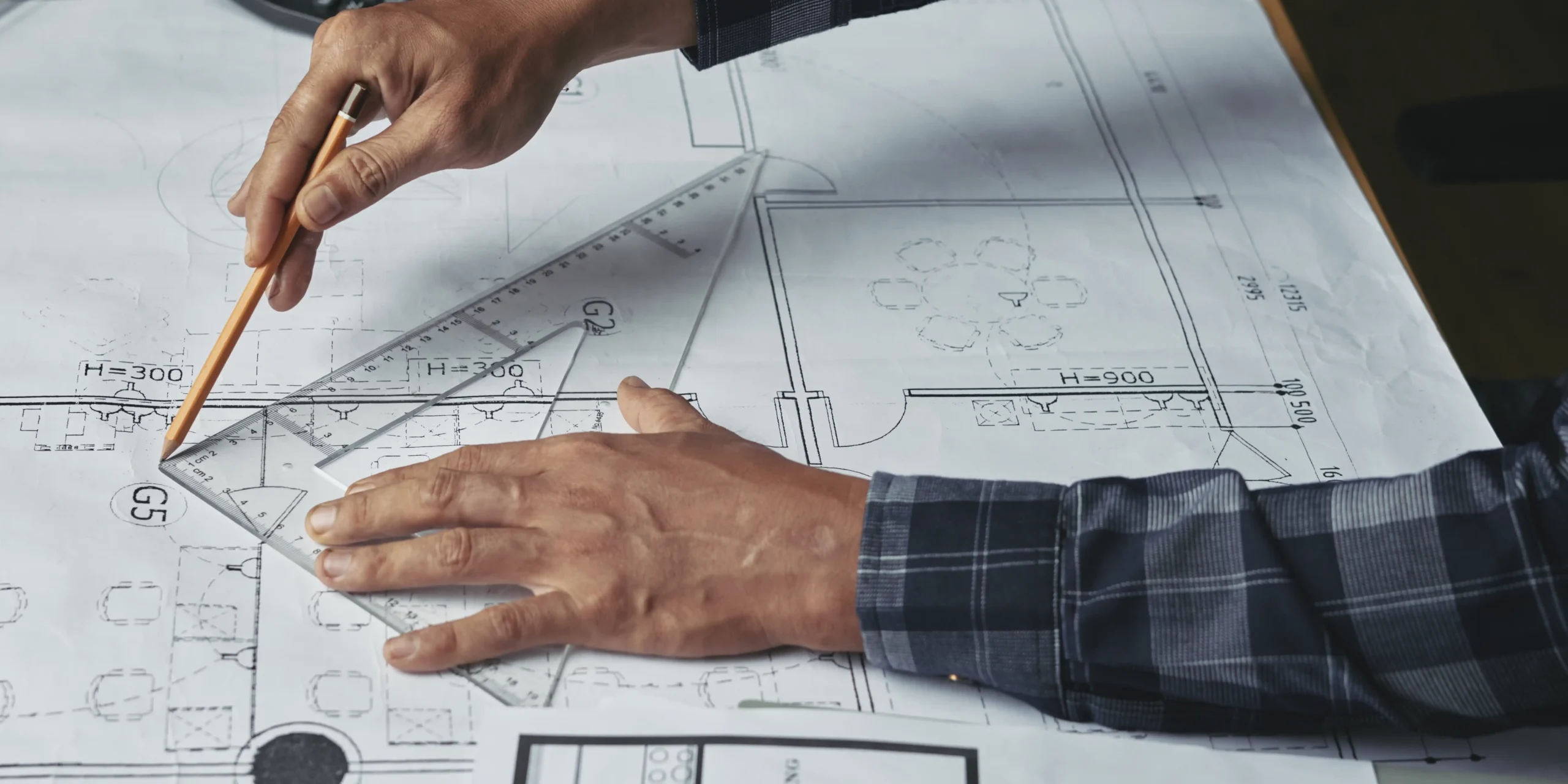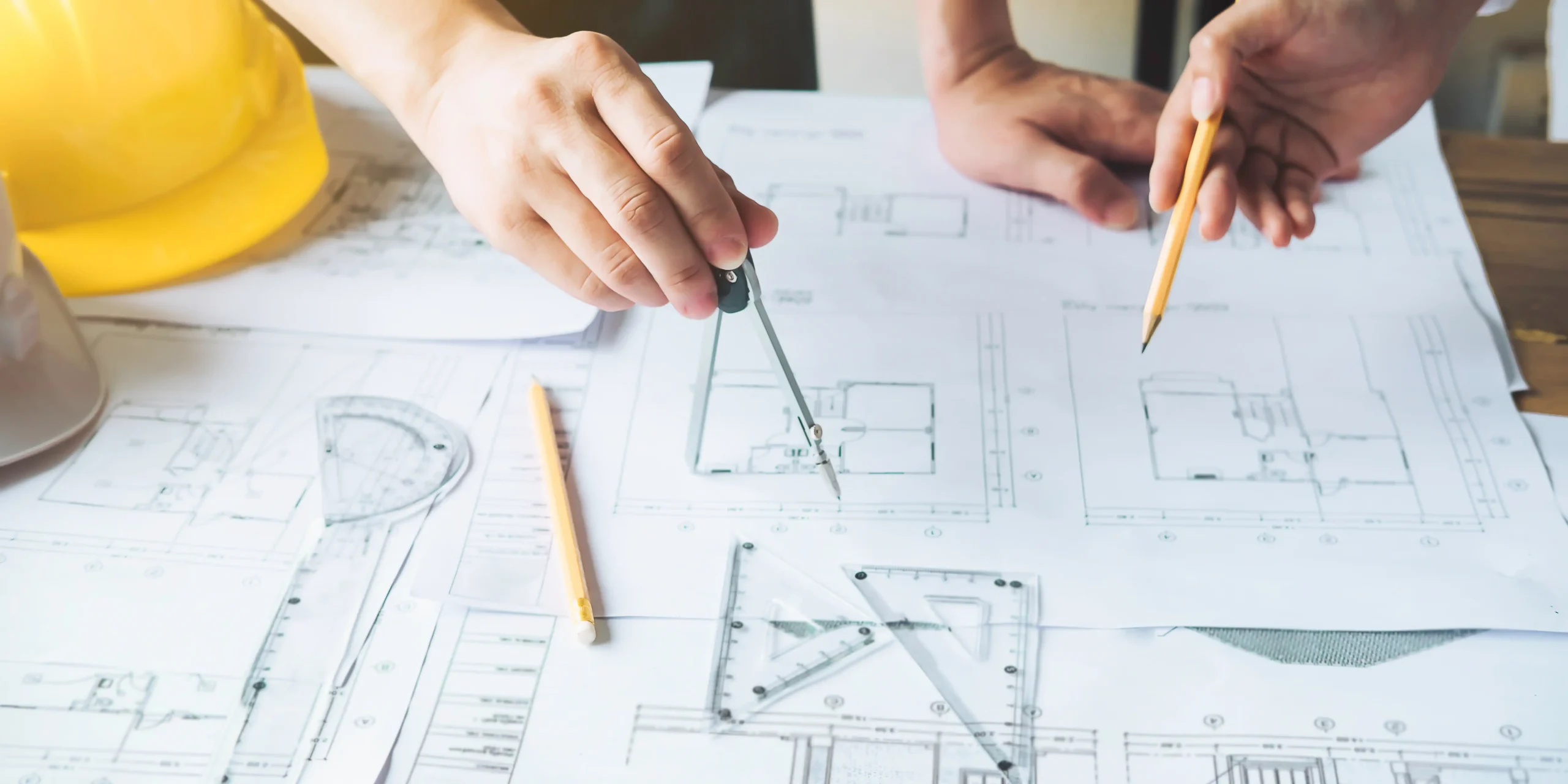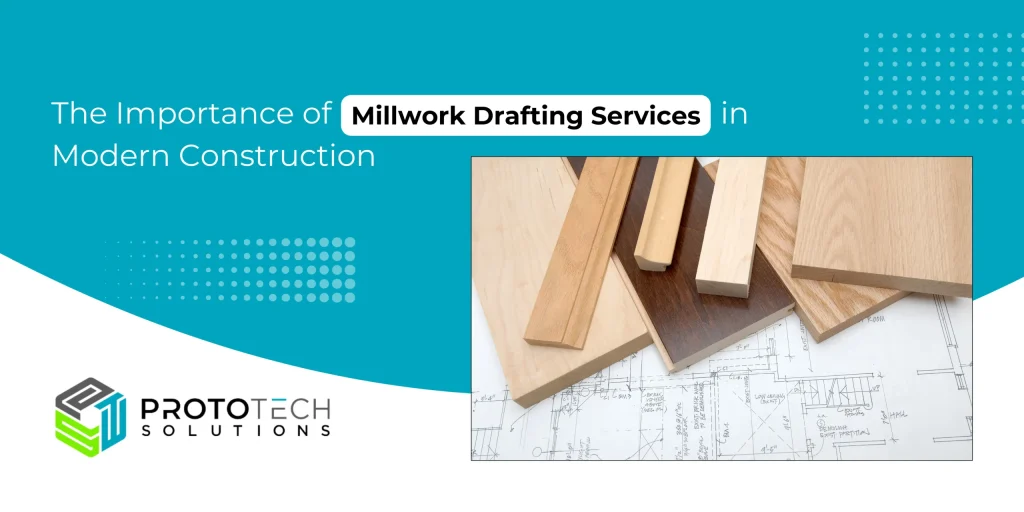The Importance of Accurate Shop Drawings in Construction Projects

What are Shop Drawings in Construction
Shop drawings, also known as fabrication drawings in construction are detailed drawings created by contractors, subcontractors, or fabricators to illustrate the specific details of prefabricated components or assemblies. They cover various aspects such as structural, mechanical, electrical, plumbing, and architectural components. These drawings provide precise dimensions, materials, finishes, and other relevant details.
Unlike architectural or engineering drawings, which provide an overview of the project, shop drawings delve into the nitty-gritty details, including dimensions, materials, finishes, and installation instructions. These drawings are crucial for ensuring that prefabricated elements align with the design intent and fit seamlessly into the construction process. They serve as a roadmap for fabrication and installation teams, helping to minimize errors, streamline production, and maintain quality standards throughout the construction project.
A professional company can streamline your workflow with shop drawing services by providing accurate and detailed blueprints, ensuring project efficiency and quality control. In this comprehensive guide, we delve into the importance of accurate shop drawings in construction projects, shedding light on their significance, benefits, and best practices.
The Importance of Accuracy in Shop Drawings

- Precision: Accurate shop drawings serve as a roadmap for construction teams, guiding them through the fabrication and installation processes with precision. From structural components to mechanical systems, these drawings ensure that every element aligns perfectly with the design specifications, minimizing errors and rework.
- Coordination: In complex construction projects involving multiple trades and disciplines, coordination is key to success. Shop drawings act as a common language, facilitating communication and collaboration among architects, engineers, contractors, and subcontractors. By providing detailed information about each element’s location, size, and configuration, these drawings help prevent clashes and conflicts on-site.
- Compliance: Compliance with building codes, regulations, and industry standards is non-negotiable in the construction industry. Accurate shop drawings ensure that every component meets the requirements, from structural integrity to fire safety. By adhering to these standards, construction teams can avoid costly delays, fines, and legal issues down the line.
- Efficiency: Time is money in the construction business, and any delays can have ripple effects throughout the project timeline. By providing clear guidelines for fabrication and installation, accurate shop drawings streamline the construction process, minimizing downtime and maximizing productivity. This efficiency translates into cost savings for all stakeholders involved.
- Quality Control: Quality control is paramount in ensuring the longevity and safety of the built environment. Through detailed annotations, material specifications, and fabrication details, shop drawings enable thorough quality checks at every stage of the construction process. By identifying potential issues early on, construction teams can address them proactively, maintaining the highest standards of craftsmanship and integrity.
Best Practices for Creating and Reviewing Shop Drawings

- Clear Communication: Effective communication is the cornerstone of successful shop drawing management. Establishing clear channels of communication among project stakeholders is essential for conveying design intent, addressing concerns, and resolving conflicts on time.
- Collaboration: Collaboration fosters innovation and efficiency in construction projects. Encouraging interdisciplinary collaboration among architects, engineers, contractors, and fabricators ensures that shop drawings reflect the collective expertise and insights of all involved parties.
- Attention to Detail: The devil is in the details when it comes to shop drawings. Paying meticulous attention to dimensions, tolerances, materials, and assembly methods is essential for ensuring accuracy and functionality. Thoroughly reviewing and verifying each drawing against the design intent can help catch errors before they escalate into costly issues.
- Regular Reviews: Shop drawings are dynamic documents that evolve throughout the construction process. Regular reviews and revisions are necessary to accommodate design changes, resolve conflicts, and incorporate feedback from stakeholders. By maintaining an iterative approach to shop drawing management, construction teams can adapt to evolving project requirements and mitigate risks effectively.
- Technology Integration: Leveraging digital tools and technologies can enhance the efficiency and accuracy of shop drawing processes. Building Information Modeling (BIM), computer-aided design (CAD) software, and collaborative platforms facilitate real-time collaboration, version control, and clash detection, streamlining the production and review of shop drawings.
How to Make Shop Drawings in AutoCAD
Are you facing challenges creating shop drawings for your construction projects using AutoCAD software? And you are looking for a reliable, experienced company to help you with your construction projects? Look no further than ProtoTech Solutions! With over TWO decades of domain experience, we specialize in creating accurate and detailed Shop Drawings using AutoCAD. We have the expertise to bring your visions to life, from intricate details to grand designs. At ProtoTech Solutions, we understand the complexities that come with every project and we promise to deliver top-notch blueprints that meet the highest quality standards. Let’s work together to build the future you envision. Contact ProtoTech Solutions today and let our experience pave the way to your construction project success!
Conclusion
Accurate shop drawings are the linchpin of successful construction projects, providing a detailed roadmap for fabrication, installation, and coordination among project stakeholders. By prioritizing accuracy, precision, and collaboration, construction teams can leverage shop drawings as powerful tools for ensuring quality, efficiency, and compliance throughout the project lifecycle. Embracing best practices and leveraging technology can further enhance the effectiveness of shop drawing processes, paving the way for smoother workflows, cost savings, and superior outcomes. In the ever-evolving landscape of construction, one thing remains constant: the importance of accurate shop drawings in bringing architectural visions to life.


